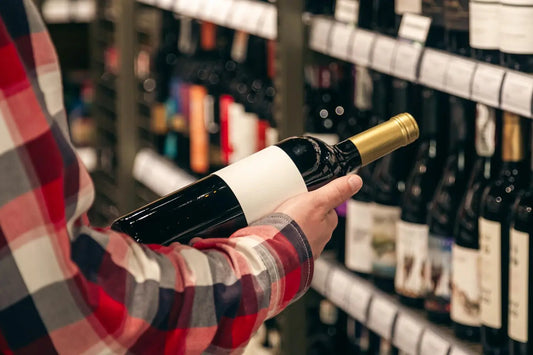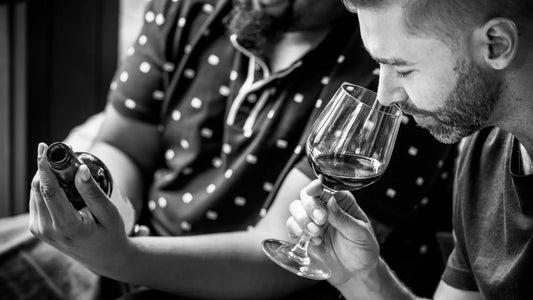Recognizing red wine styles

Do you think all red wines "look the same"? Here's how to make sense of it!
You love wine, but sometimes, between a Pinot Noir and a Merlot, you can't quite tell the difference? You're not alone. Learning to recognize styles, grape varieties and regions doesn't just happen. Good news: with a few simple keys, you can start distinguishing red wines like a pro - or at least, like an enlightened amateur.
1. Red ≠ red: spot the big families
Not all red wines have the same structure. Start by spotting the big families:
- Light and fruity (ex: Pinot Noir)
- Round and supple (ex : Merlot, Grenache)
- Powerful and tannic (ex: Cabernet Sauvignon, Syrah)
Watch out for color, texture in the mouth, acidity and the tanins (that dry feeling on the tongue). As you practice comparing them, you'll start to place them in a better context.
2. Read the label... then forget it
We tend to judge a wine by its label or price. Try instead to taste blind (bottle hidden or served by someone else), and describe how you feel. Then look at the label to make the link between your feelings and the origin, grape variety and year. That's how you learn!
3. Taste by contrast
You want to progress faster? Taste two or three wines side by side. For example:
- A Burgundy Pinot Noir vs. a New Zealand Pinot Noir
- A Merlot vs. a Cabernet Sauvignon
- A young wine vs. an older wine
The differences jump out at you (and your nose, and your mouth), and you memorize profiles better.
4. Take notes... your way
No need to use technical vocabulary. Write down what you feel. It could be:
"It smells like cherries and wet earth",
"Supple, easy to drink",
or even "Like a wood fire in a cottage".
The important thing is to create your sensory memory.
5. Want to go further? Get trained
If you really want to gain clarity, vocabulary and confidence, training like the WSET in wines gives you a real method. You'll learn to taste, recognize grape varieties and talk about wine with precision, without snobbery. And you get even more pleasure from every glass.
Conclusion:
Distinguishing red wines isn't just for pros. It's a matter of attention, curiosity and a little practice. The more you taste, the more you compare, the more you progress. And if you want to move up a gear, you know where to strike: training gives you the right basics to understand (and explain) how you feel. 🍷
👉 Your turn: tonight, open two different reds... and compare!


